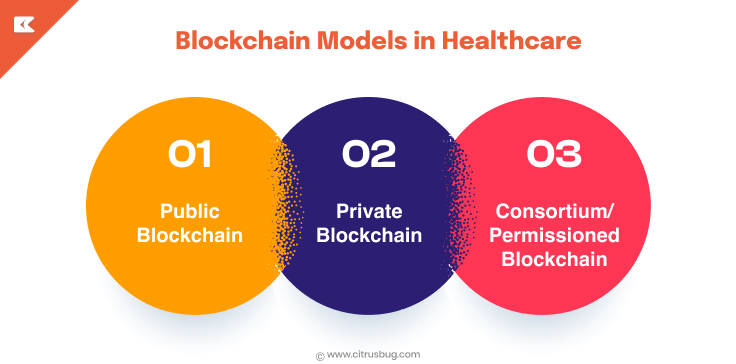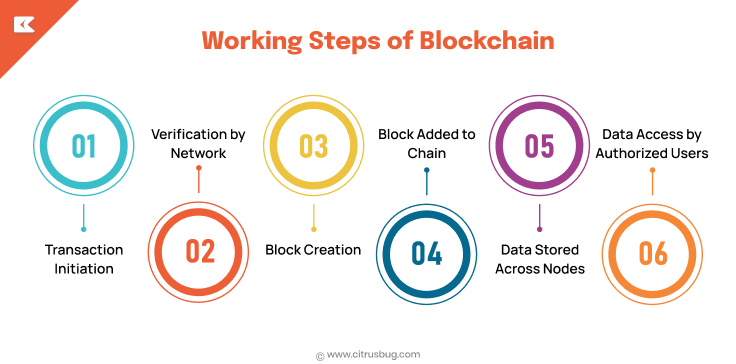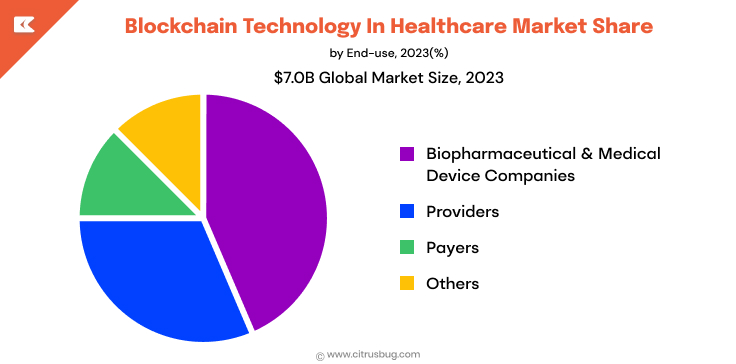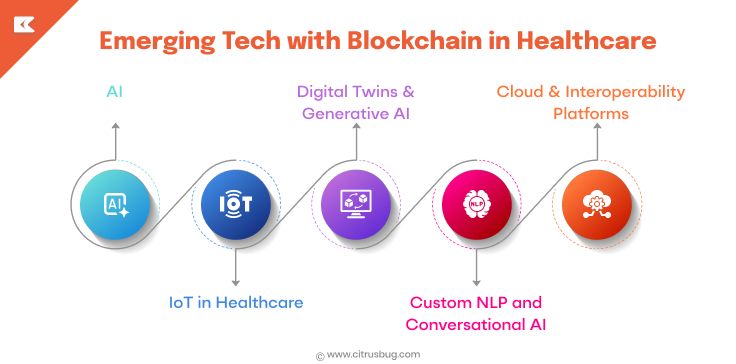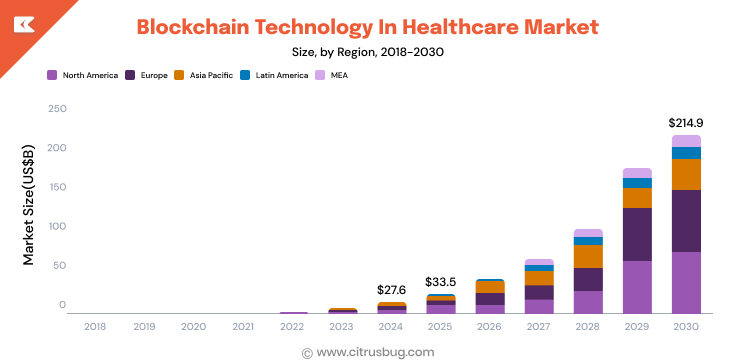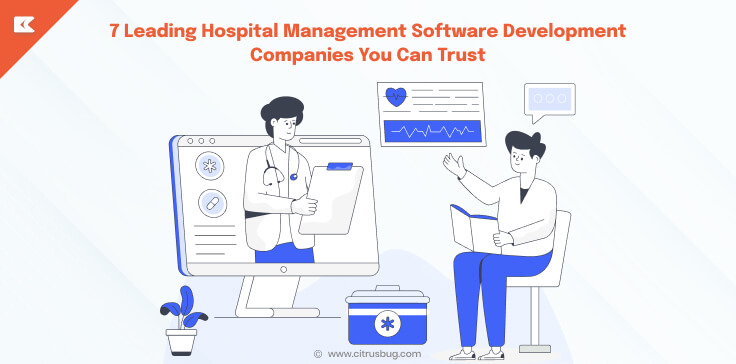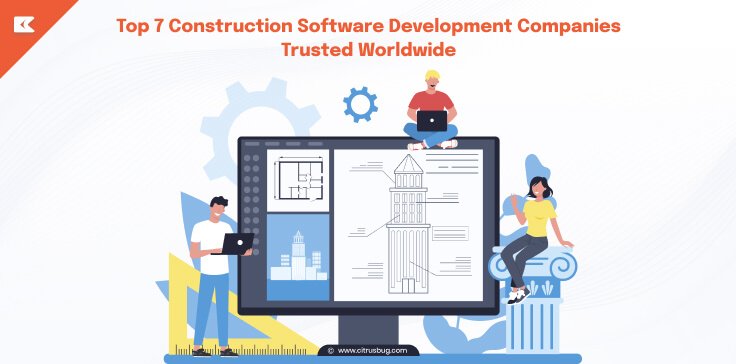Blockchain in Healthcare: Securing Patient Data with Next-Gen Solutions
- October 7, 2025
-
362 Views
- by Ishan Vyas
Table of Contents
- What is Blockchain in Healthcare?
- Blockchain Models in Healthcare
- How Blockchain is Used in Healthcare
- Benefits of Blockchain in Healthcare
- Challenges of Using Blockchain in Healthcare
- Emerging Tech with Blockchain in Healthcare
- Case Study: Blockchain Technology in Healthcare
- Future of Blockchain in Healthcare
- How to Implement Blockchain in Healthcare
- Conclusion
- FAQs
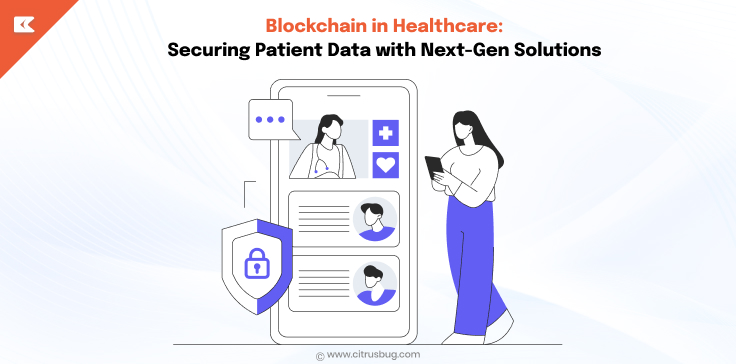
Managing patient data in healthcare is becoming more complex by the day. Hospitals, clinics, and insurance companies deal with large volumes of sensitive information, and their safety is always a challenge. Data breaches are costly and discontinuous. In fact, according to the 2024 Cost of a Data Breach Report published by IBM, the mean cost of a healthcare breach is $10.93 million, the highest in any sector.
Here is where blockchain in healthcare can really change things. Blockchain assists in securing patient records, minimizing flaws, and establishing trust between providers, insurance companies, and patients by establishing a secure, decentralized, and transparent system. In the case of healthcare software development, blockchain is no longer a buzzword to organizations interested in it. It is a practical solution that enhances productivity and boosts business performance.
This blog will take us through the application of blockchain in the healthcare industry, its associated advantages, obstacles to its implementation by companies, practical applications, and the future of the technology.
What is Blockchain in Healthcare?
In its simplest form, blockchain is a digital registry that documents transactions in a safe and hack-resistant manner. Every transaction, also referred to as a “block,” is attached to the last one, forming a chain that cannot be altered without authorization. This is what makes it a perfect system to work with confidential healthcare data.
Now, what does this mean for healthcare? Blockchain in healthcare enables the storage of patient records, medical billing information, and other important data in a secure state. The data can be accessed by authorized users as needed. In contrast to conventional databases that are frequently centralized, blockchain minimizes the threat of data breaches and errors, which are both expensive in terms of financial cost and reputation.
In the case of healthcare organizations, blockchain enhances the efficiency of their operations and accelerates the processing of claims. Patients have more control over their data. This increased transparency and control help to develop trust and participation across the healthcare ecosystem.
What is the Purpose of Blockchain in Healthcare?
The purpose of blockchain in healthcare is to establish an efficient, transparent, and secure system of medical data management. It guarantees that sensitive information, such as the patient records, remains secure, yet it can be accessed by anyone with authorization from the providers, insurers or researchers.
In addition to security, blockchain can simplify administrative processes like billing, claims management and record-keeping. This is cost-saving and reduces errors. It equally enhances transparency and trust. Patients can view access to their data, providers can access reliable information, and insurers can keep fraud under control. With the integration of technology and business value, blockchain in healthcare helps achieve improved patient outcomes, efficiency of operations, and improved compliance within the industry.
Blockchain Models in Healthcare
Not all blockchains are created equal. In healthcare, the choice of blockchain model can impact both security and business outcomes. There are three main types:
1. Public Blockchain
- Open and decentralized network.
- Anyone can join, view, and validate transactions.
- Example: Ethereum.
Use in Healthcare:
- Patient-centered health data ownership and transparency.
- Public health research data that requires transparency and integrity.
2. Private Blockchain
- Access is restricted to certain entities.
- Controlled by a single organization or a consortium.
- Example: Hyperledger Fabric.
Use in Healthcare:
- Internal hospital data management.
- Provider-to-provider data sharing.
3. Consortium/Permissioned Blockchain
- Operated by a group of organizations.
- Combines benefits of private and public blockchains.
- Example: Corda, Quorum.
Use in Healthcare:
- Inter-hospital networks for sharing patient records.
- Insurance companies and providers collaborating on claims.
Working Steps of Blockchain
Blockchain follows a structured process to ensure security and transparency. Each transaction is verified by the network, recorded in a block, linked to the previous block, and stored across multiple nodes. This decentralized approach guarantees that the data cannot be tampered with and remains traceable.
How Blockchain is Used in Healthcare
Blockchain is not just a technical upgrade, it addresses actual challenges among providers, payers and patients. The major applications and impact on business are:
Blockchain for Medical Records
Blockchain for medical records makes data secure, tamper-proof, and patient-owned. Hospitals and clinics can store records safely, while authorized users can access them when needed. This improves interoperability and reduces errors.
Clinical Trials and Research
Blockchain keeps clinical trials and research data intact. It provides the opportunity to share results with researchers and keep patient information confidential. This is also in compliance with the regulation and helps to inculcate credibility in the healthcare studies.
Drug Traceability and Supply Chain
Blockchain can trace medications between the manufacturer and the patient, and shows transparency throughout the process. This minimizes fake drugs, assists in compliance and enables providers and pharmacies to check authenticity with ease.
Medical Billing and Fraud Prevention
Medical billing software that is powered by blockchain reduces errors, eliminates duplication of claims, and shortens billing time. Organizations save time, cut down costs and enhance revenue cycle management.
Insurance Claim Management
Blockchain simplifies claim verification and lessens disagreements. It helps insurers to process claims more efficiently and provide greater operational efficiency and financial accuracy, avoiding cases of fraud.
Telemedicine and Remote Care Verification
Blockchain safely stores patient identity and medical records of virtual consultations. Providers can reliably access patient data, including IoT device inputs, ensuring safe and efficient remote care delivery.
Benefits of Blockchain in Healthcare
Cost Efficiency
- Automates record-keeping and claim verification
- Reduces duplicate tests and unnecessary procedures
- Helps providers save money without reducing care quality
Better Collaboration
- Allows secure sharing of patient data between hospitals, labs, and insurers
- Makes research projects more reliable with tamper-proof data
- Works smoothly with tools like healthcare intelligence software
Patient Control
- Let patients decide who can access their records
- Involves patients more in treatment and prevention
- Builds trust and improves engagement in digital healthcare
Boosts Innovation
- Supports AI, IoT, and other advanced technologies
- Provides a safe base for AI chatbots and NLP tools
- Encourages telemedicine, predictive analytics, and smart healthcare solutions
Compliance Simplification
- Keeps tamper-proof records for audits and reporting
- Makes following HIPAA, GDPR, and other rules easier
- Lowers the risk of penalties and legal issues
Challenges of Using Blockchain in Healthcare
High Implementation Costs
- Setting up blockchain requires new tools and skilled experts
- Small providers often find it too expensive
Scalability Issues
- Public blockchains slow down as data grows
- Handling millions of records remains a challenge
Regulatory Complexity
- Providers must follow rules like HIPAA and GDPR
- Different regions add conflicting legal requirements
Integration with Legacy Systems
- Hospitals still depend on old EHR and billing systems
- Adding blockchain without disruption takes time and effort
Limited Awareness and Expertise
- Many healthcare teams don’t fully understand blockchain
- Skilled developers with healthcare knowledge are hard to find
- Training staff and aligning leaders takes resources
Emerging Tech with Blockchain in Healthcare
The most powerful aspect of blockchain is its integration with other emerging technologies. Together, they can transform patient care, operational efficiency, and healthcare innovation.
-
AI
AI development services are guaranteed to have secure, verifiable data through the use of blockchain. This allows applications such as fraud detection and predictive analytics, and safeguards sensitive patient data.
-
IoT in Healthcare
Smart and wearable devices both produce high amounts of health data. This information is secured by blockchain through the Internet of Medical Things, which can be used to monitor and provide telemedicine reliably from a distance.
-
Digital Twins & Generative AI
Blockchain-backed data allows generative AI in healthcare and digital twin technology to deliver personalized treatment plans and predictive care models safely.
-
Custom NLP and Conversational AI
Blockchain ensures that unstructured medical data, such as doctor notes or patient interactions, is secure. This proves the use of custom NLP and conversational AI in healthcare, which allows smart chatbots, automatic records, and enhanced communication with patients.
-
Cloud & Interoperability Platforms
Combining blockchain and cloud development provides safe and scalable storage and access to patient data across systems, which supports the achievement of seamless interoperability.
By combining blockchain with these emerging technologies, healthcare organizations can enhance security, efficiency and innovation simultaneously. This combination offers new prospects of digital transformation and maintains compliance and trust.
Case Study: Blockchain Technology in Healthcare
Organization: Change Healthcare (USA)
Technology: Hyperledger Fabric Blockchain
Change Healthcare has a network of more than 900,000 providers and 2,200 payers. There was a significant problem in the efficient and clear handling of claims, and delays and mistakes affected the cost and trust.
The company implemented a blockchain solution to streamline claims processing. Authorized network members could track claim statuses in real-time, reducing manual verification and improving accuracy.
Results:
- Faster claim processing and reduced manual verification.
- Increased transparency for all network participants.
- Significant operational cost savings.
- High scalability with throughput up to 550 transactions per second.
The case shows the potential of blockchain to enhance efficiency, trust, and transparency in healthcare to address the practical work issues.
To learn more about this, you can read the entire case study here: Change Healthcare Case Study.
Future of Blockchain in Healthcare
The role of blockchain in healthcare will increase in the future. It can improve security, interoperability, and operational efficiency and deliver new digital solutions.
Increased Adoption in EHR and Patient Records
The use of blockchain in patient records and clinical data management is likely to be widely integrated in clinics and hospitals. Secure and tamper-proof data allows providers to share information between the systems without the sacrifice of privacy and compliance.
Integration with AI and Predictive Analytics
Blockchain will increasingly enable advanced analytics to enable predictive insight and detect fraud. Real data can ensure that AI models create real recommendations, which can be used by providers to promote patient outcomes and operational choices.
Expansion in Remote Patient Monitoring
With the increasing number of connected devices and wearable devices, blockchain will protect the data of remote patient monitoring to guarantee trustworthy telemedicine services. This enables the providers to offer personalized care using real-time health data.
Digital Twins and Generative AI
Data that is supported by blockchain will enable generative AI and digital twin technology to create personal treatment schemes, simulations, and proactive care models, protecting data integrity.
Cloud-Based Blockchain Solutions
The integration of blockchain with secure cloud infrastructure will streamline health networks and increase access to them. Patient data can be safely stored and shared across locations by organizations, which facilitates interoperability and compliance.
Market Outlook
The global blockchain technology in healthcare market size is estimated at USD 7.04 billion in 2023 and is expected to reach USD 214.86 billion in 2030 with a CAGR of 63.3% between 2024 and 2030. This rising demand for safe and open data management has made blockchain a relevant choice in health institutions.
Blockchain is no longer a concept of the future. It is becoming one of the major sources of innovation, operational efficiency, and trust in healthcare. Early adopters will have both competitive and business advantages.
How to Implement Blockchain in Healthcare
Implementing blockchain in healthcare needs careful planning to make sure that the software is secure, compliant with regulations and efficient. Here’s a step-by-step approach:
Step 1: Identify Use Cases
- Determine areas where blockchain adds the most value, such as patient records, claims management, clinical trials, or supply chain tracking.
- Target processes that become transparent, permanent and secure data transfer.
Step 2: Choose the Right Blockchain Model
- Choose between a public blockchain, a private one, or a consortium blockchain depending on the sensitivity of data, the need for access, and cooperation.
- When making the decision, consider that it has to be scalable, fast, and governed.
Step 3: Integrate with Existing Systems
- Evaluate the existing EHR software, billing platforms and IoT devices to ensure seamless integration.
- Get ready to be interoperable so that blockchain does not interfere with the workflows.
Step 4: Ensure Regulatory Compliance
- Install blockchain systems that are HIPAA, GDPR and local regulations-compliant.
- Create data governance, auditing and access control to ensure legal and ethical provisions.
Step 5: Develop and Test the Solution
- Hire skilled software developers to develop the blockchain infrastructure to meet the needs of healthcare.
- Provide extensive testing to maintain security, performance and reliability prior to complete deployment.
Step 6: Train Staff and Stakeholders
- Train medical staff and administrative units regarding the use of blockchain and its advantages.
- Give constant encouragement to make the adoption smooth and reduce the resistance to change.
Step 7: Monitor, Scale, and Optimize
- Always observe the system performance, transaction speed and integrity of data.
- Scale up the network when the patient volume increases or new applications are introduced.
Strategically using blockchain can assist healthcare organizations with enhancing operational efficiency, patient data security, and next-generation digital solutions.
Conclusion
Blockchain is revolutionizing the healthcare sector as it offers secure, transparent, and efficient ways of managing patient data, clinical trials, billing, and remote care. It is being integrated with new technologies such as AI, IoT, generative AI, and cloud platforms that are bringing innovation and enhancing operational efficiency and patient outcomes.
Citrusbug helps healthcare organizations to deploy custom blockchain solutions that meet their unique requirements. We specialize in healthcare software development with AI and cloud technology and guarantee secure, compliant and scalable digital healthcare platforms that create real business value.
The integration of blockchain into healthcare is not an option anymore. It is a tactical step to develop trust, efficiency and innovation. Those organizations that are early adopters of this technology will acquire a competitive advantage and offer superior care to patients.
FAQs
What is blockchain in healthcare and why is it important?
Blockchain is a safe digital healthcare data storage system. It secures the patient data and enables people to share it with doctors, hospitals, and patients.
How is blockchain used in healthcare today?
Blockchain in healthcare is used to manage patient records, verify insurance claims, track medicines, secure clinical trial data and improve collaboration between healthcare businesses.
Can blockchain improve electronic health records?
Yes. Blockchain ensures the security, accuracy, and shareability of EHRs among authorized users, eliminating duplication of tests and avoiding errors.
What are the main challenges of blockchain adoption in healthcare?
Some of the main challenges that restrict blockchain adoption are high costs, integrating with old systems, handling large data, following regulations, and a lack of skilled staff.
What industries in healthcare benefit most from blockchain?
The greatest beneficiaries of blockchain in healthcare include hospitals, insurance companies, pharma firms, clinical research, and telemedicine. Blockchain enhances security, efficiency and trust in these respects.


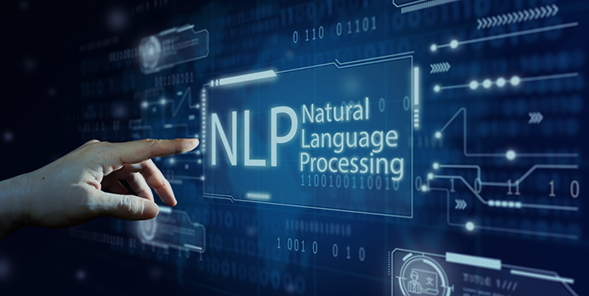
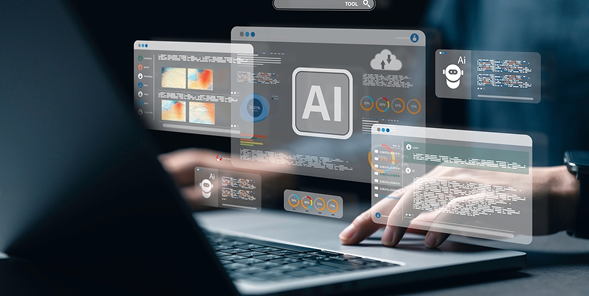

 SaaS Development
SaaS Development Web Application Development
Web Application Development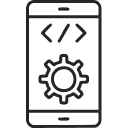 Mobile Application Development
Mobile Application Development Custom Software Development
Custom Software Development Cloud Development
Cloud Development DevOps Development
DevOps Development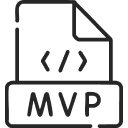 MVP Development
MVP Development Digital Product Development
Digital Product Development Hire Chatbot Developers
Hire Chatbot Developers Hire Python Developers
Hire Python Developers Hire Django Developers
Hire Django Developers Hire ReactJS Developers
Hire ReactJS Developers Hire AngularJS Developers
Hire AngularJS Developers Hire VueJS Developers
Hire VueJS Developers Hire Full Stack Developers
Hire Full Stack Developers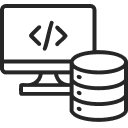 Hire Back End Developers
Hire Back End Developers Hire Front End Developers
Hire Front End Developers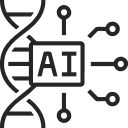 AI Healthcare Software Development & Consulting
AI Healthcare Software Development & Consulting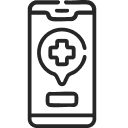 Healthcare App Development
Healthcare App Development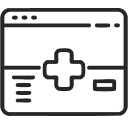 EHR Software Development
EHR Software Development Healthcare AI Chatbot Development
Healthcare AI Chatbot Development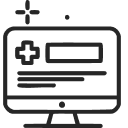 Telemedicine App Development Company
Telemedicine App Development Company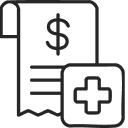 Medical Billing Software Development
Medical Billing Software Development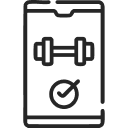 Fitness App Development
Fitness App Development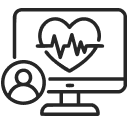 RPM Software Development
RPM Software Development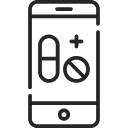 Medicine Delivery App Development
Medicine Delivery App Development Medical Device Software Development
Medical Device Software Development Patient Engagement Software Solutions
Patient Engagement Software Solutions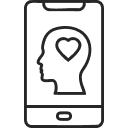 Mental Health App Development
Mental Health App Development Healthcare IT Consulting
Healthcare IT Consulting Healthcare CRM Software Development
Healthcare CRM Software Development Healthcare IT Managed Services
Healthcare IT Managed Services Healthcare Software Testing services
Healthcare Software Testing services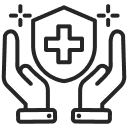 Medical Practice Management Software
Medical Practice Management Software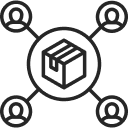 Outsourcing Healthcare IT Services
Outsourcing Healthcare IT Services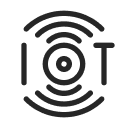 IoT Solutions for Healthcare
IoT Solutions for Healthcare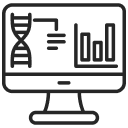 Medical Image Analysis Software Development Services
Medical Image Analysis Software Development Services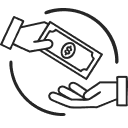 Lending Software Development Services
Lending Software Development Services Payment Gateway Software Development
Payment Gateway Software Development Accounting Software Development
Accounting Software Development AI-Driven Banking App Development
AI-Driven Banking App Development Insurance Software Development
Insurance Software Development Finance Software Development
Finance Software Development Loan Management Software Development
Loan Management Software Development Decentralized Finance Development Services
Decentralized Finance Development Services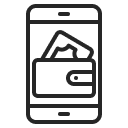 eWallet App Development
eWallet App Development Payment App Development
Payment App Development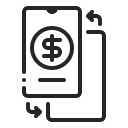 Money Transfer App Development
Money Transfer App Development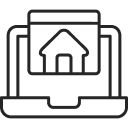 Mortgage Software Development
Mortgage Software Development Insurance Fraud Detection Software Development
Insurance Fraud Detection Software Development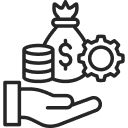 Wealth Management Software Development
Wealth Management Software Development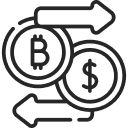 Cryptocurrency Exchange Platform Development
Cryptocurrency Exchange Platform Development Neobank App Development
Neobank App Development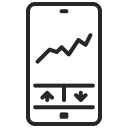 Stock Trading App Development
Stock Trading App Development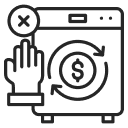 AML software Development
AML software Development Web3 Wallet Development
Web3 Wallet Development Robo-Advisor App Development
Robo-Advisor App Development Supply Chain Management Software Development
Supply Chain Management Software Development Fleet Management Software Development
Fleet Management Software Development Warehouse Management Software Development
Warehouse Management Software Development LMS Development
LMS Development Education App Development
Education App Development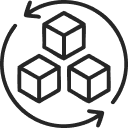 Inventory Management Software Development
Inventory Management Software Development Property Management Software Development
Property Management Software Development Real Estate CRM Software Development
Real Estate CRM Software Development Real Estate Document Management Software
Real Estate Document Management Software Construction App Development
Construction App Development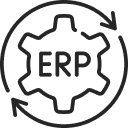 Construction ERP Software Development
Construction ERP Software Development





